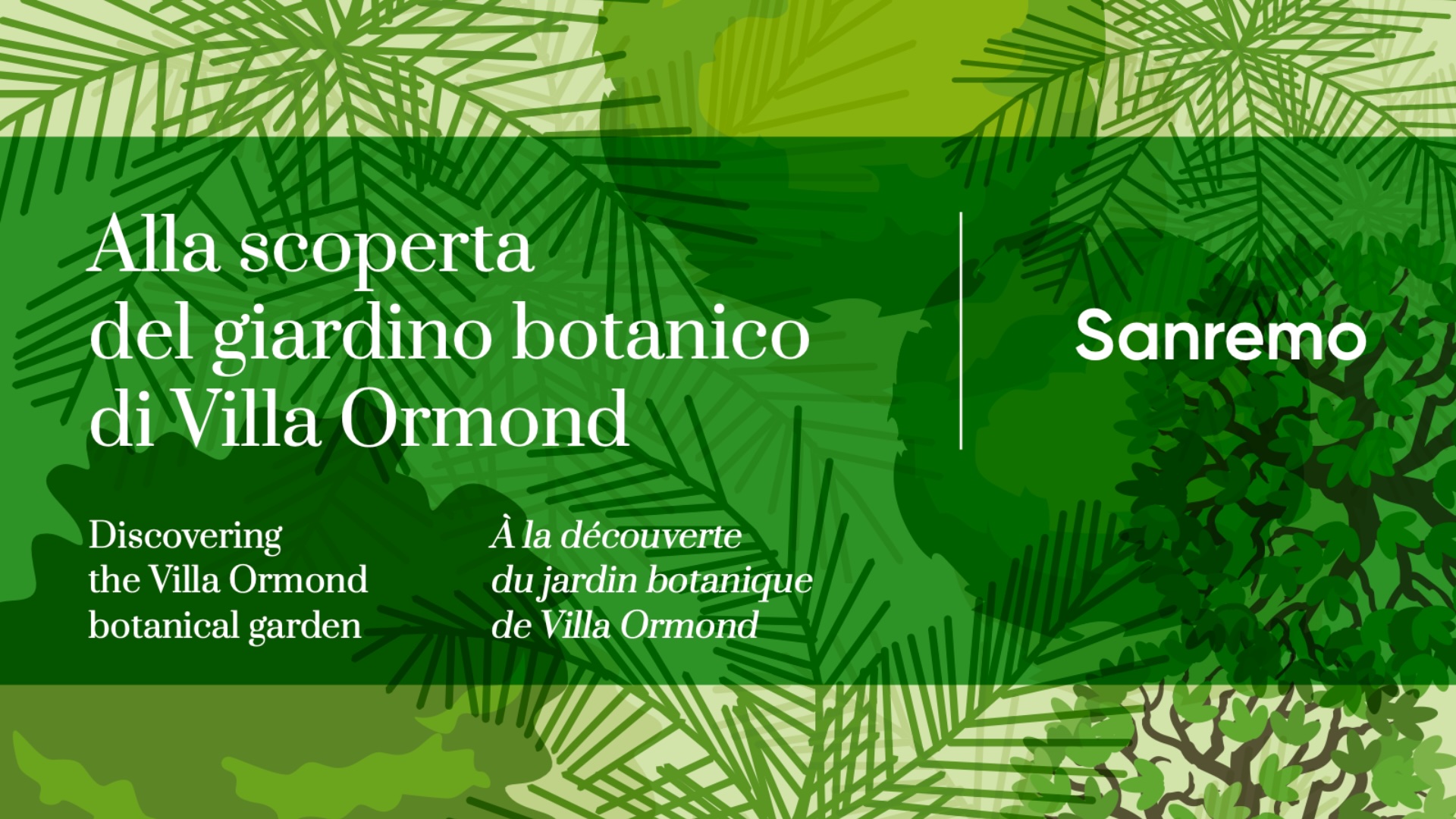The genus name goes back to C.P. Nolin, a well-known 18th century French botanist, while the specific epithet indicates the long persistent leaves that cover the trunk for a long time.
| Common name | Old Mexican |
| Origin | An endemic plant from Mexico, it was imported to Europe in 1868 and is still prized among botanical collectors today. Back in 1888, during an auction, a specimen was sold for 1,500 Belgian francs. |
|
Description |
A species with a thick, erect trunk, 3-4 metres high, widened at the base and covered with a corky, crustose, deeply fissured bark, with a few branches ending in a crown formed by numerous leaves. The latter are numerous, persistent, ribbon-shaped, linear-acuminate, minutely toothed-segmented and finely furrowed longitudinally, curved and pendulous, green or glaucescent, about 150 cm long and 2-3 cm wide, dry and frayed at the terminal part. Creamy-white flowers, with an unpleasant smell, numerous, clustered in large, erect and very decorative panicles. Despite coming from a tropical region, Nolina offers good resistance to cold and there are several centuries-old specimens on the Riviera that have survived the cold winters of the 20th century. Its ability to branch out, the elegance of its foliage, and the shape and appearance of its bark make it a plant of great ornamental value, which can also be planted as an isolated specimen in the garden and evokes a strong suggestion of desert landscapes. The plant grown at Villa Ormond was planted in the 1950s. |

